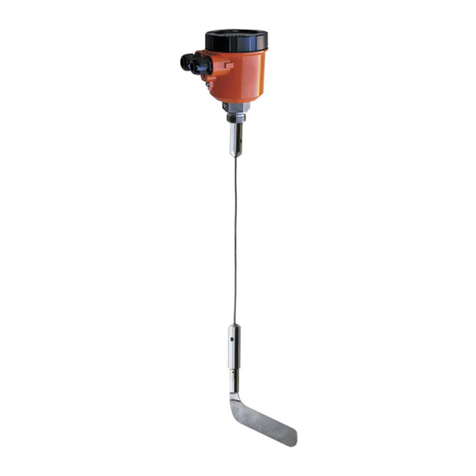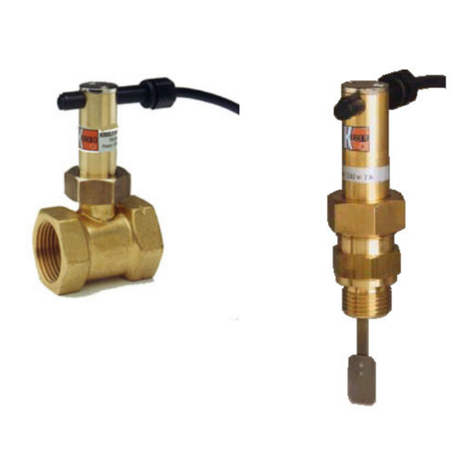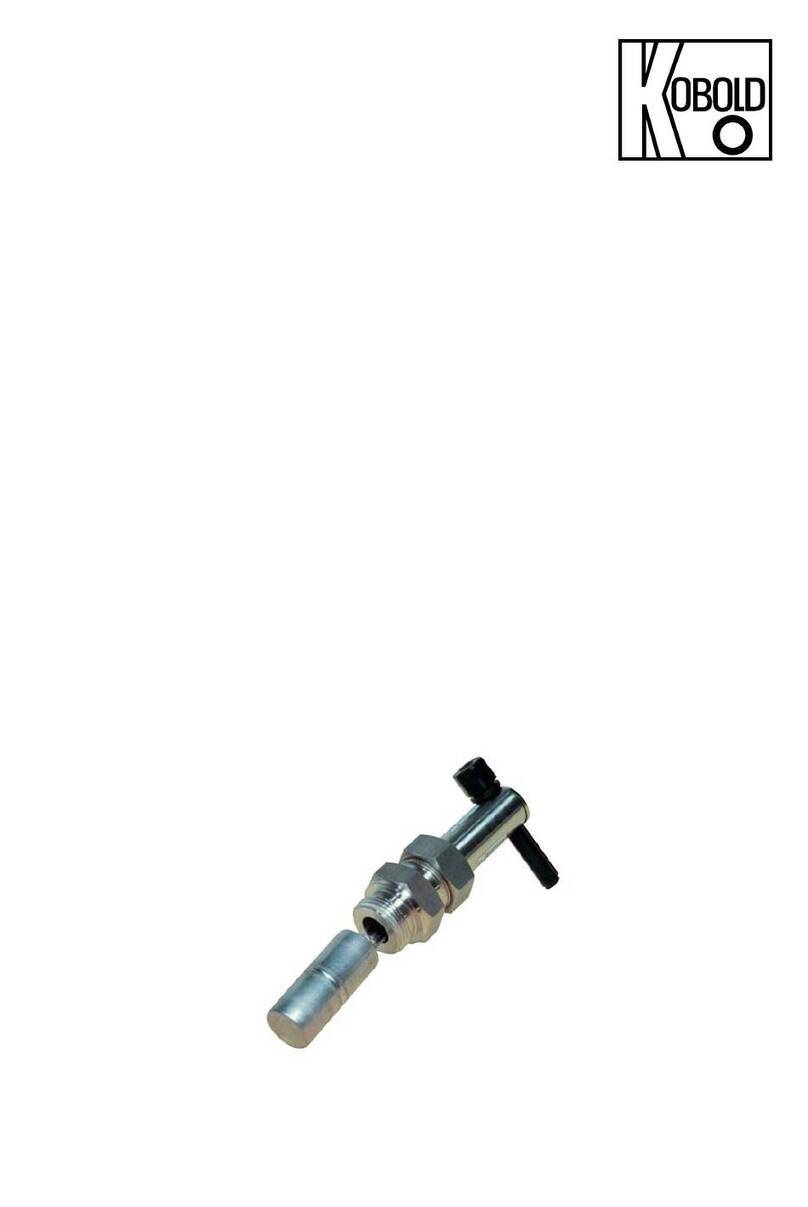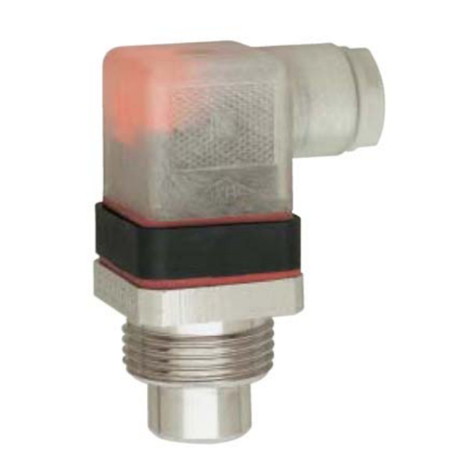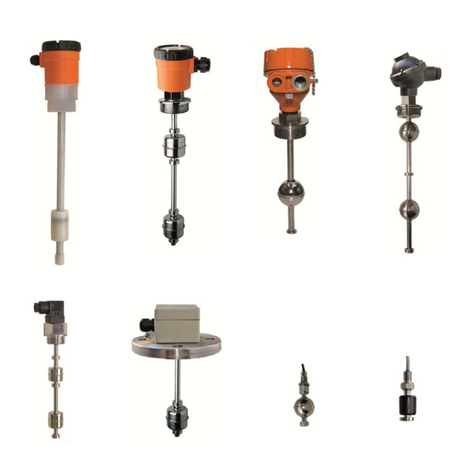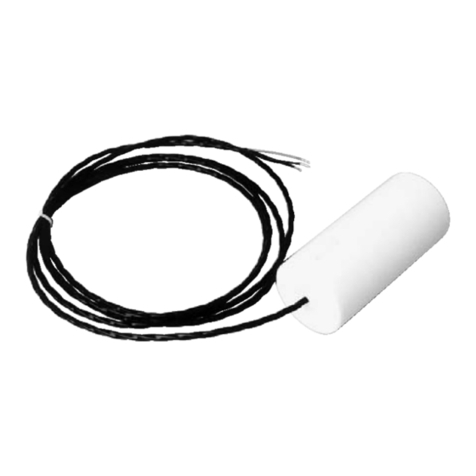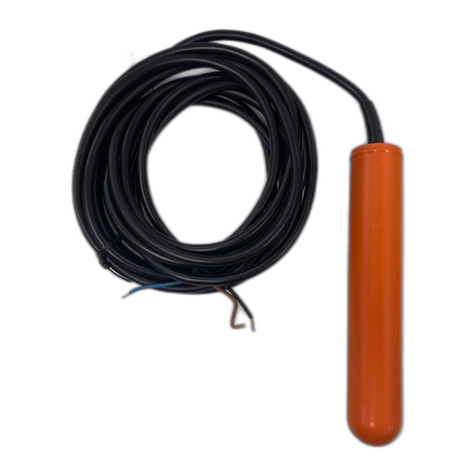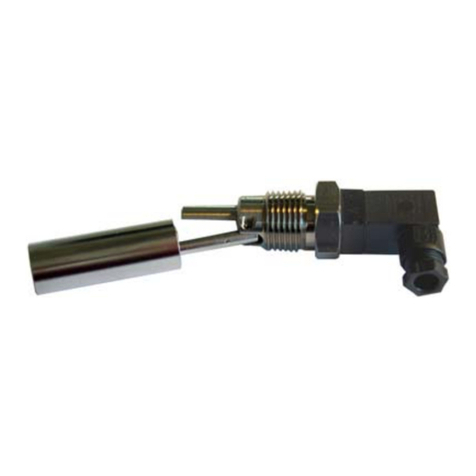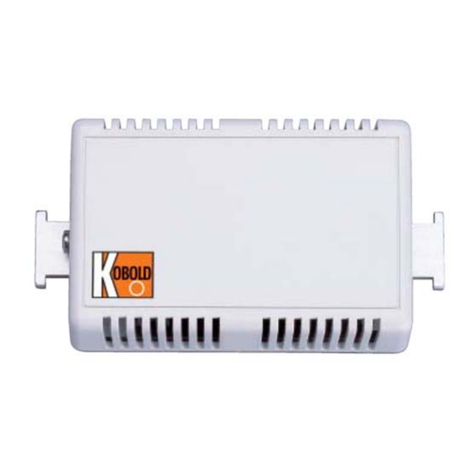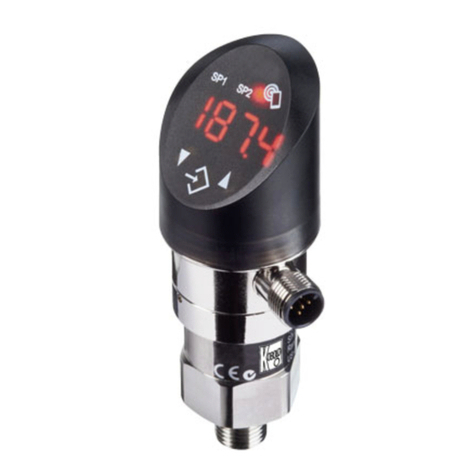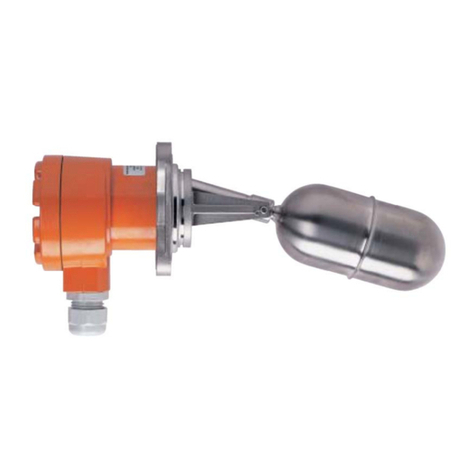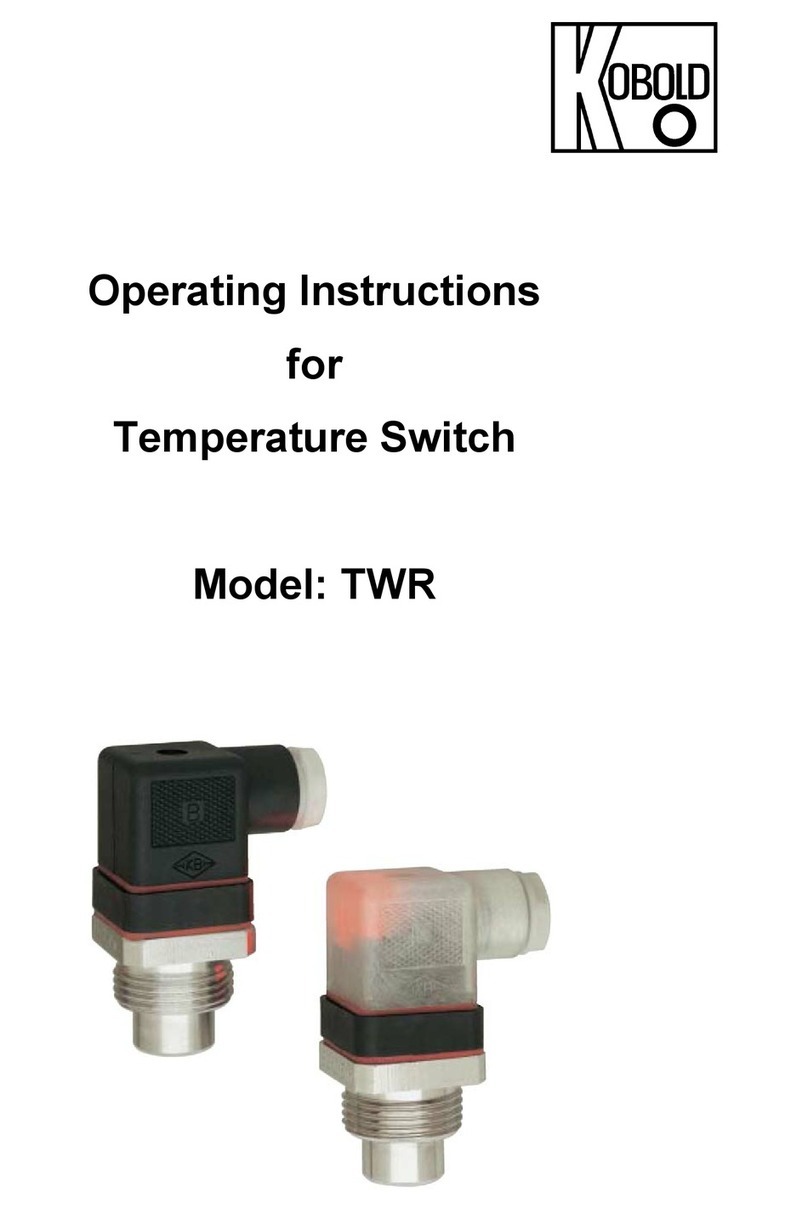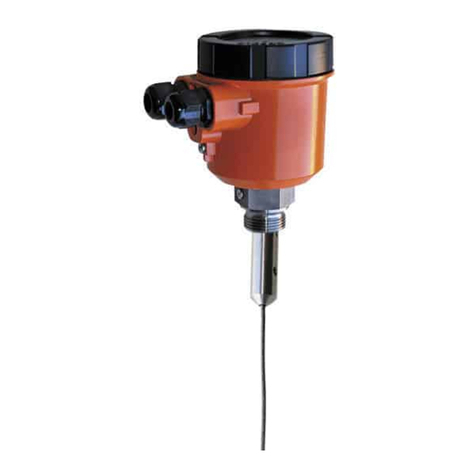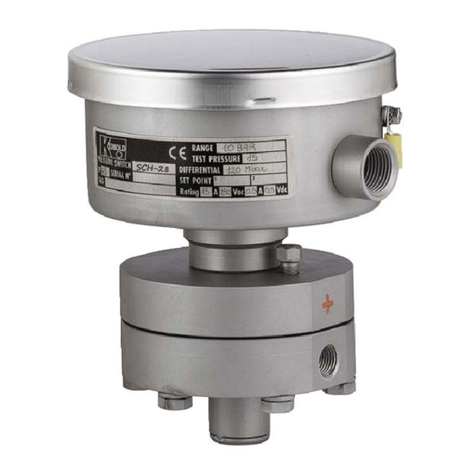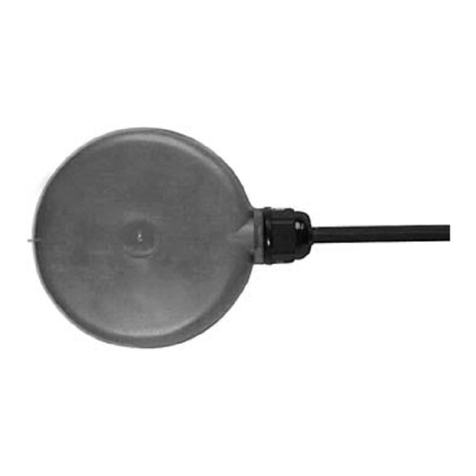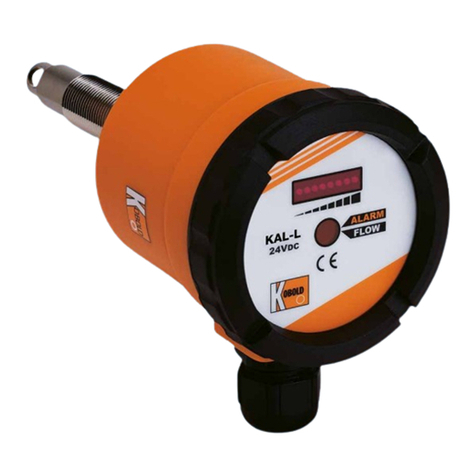NWS
Page 2 NWS K06/0214
1. Contents
1.Contents........................................................................................................2
2.Note ..............................................................................................................3
3.Instrument Inspection....................................................................................3
4.Regulation Use..............................................................................................3
5.Operating Principle........................................................................................4
6.Use in Hazardous Areas (NWS-2E) ..............................................................4
6.1Device function ....................................................................................4
6.2Commissioning/Installation ..................................................................5
6.3Designation..........................................................................................5
6.4Temperature resistance.......................................................................6
7.Mechanical Connection.................................................................................6
8.Electrical Connection ....................................................................................7
8.1NWS-...200 ..........................................................................................7
8.2NWS-...23/24; NWS-...2W/2H; NWS-...2E (ATEX certification) ...........9
9.Settings .......................................................................................................10
9.1Settings for NWS-...200.. ...................................................................10
9.2Settings for NWS-...23/24/2W/2H and NWS-2E ................................12
10.Technical Information..................................................................................15
11.Order Codes ...............................................................................................17
12.Service and Maintenance............................................................................17
13.Trouble Shooting.........................................................................................17
14.Recommended Spare Parts........................................................................18
15.Disposal ......................................................................................................18
16.Dimensions .................................................................................................19
17.Declaration of Conformance .......................................................................21
18.Supplement to the EC-Type Examination certificate ...................................22
19.IECEx Certificate.........................................................................................25
Manufactured and sold by:
Kobold Messring GmbH
Nordring 22-24
D-65719 Hofheim/Germany
Tel.: +49(0)6192-2990
Fax: +49(0)6192-23398
Internet: www.kobold.com


